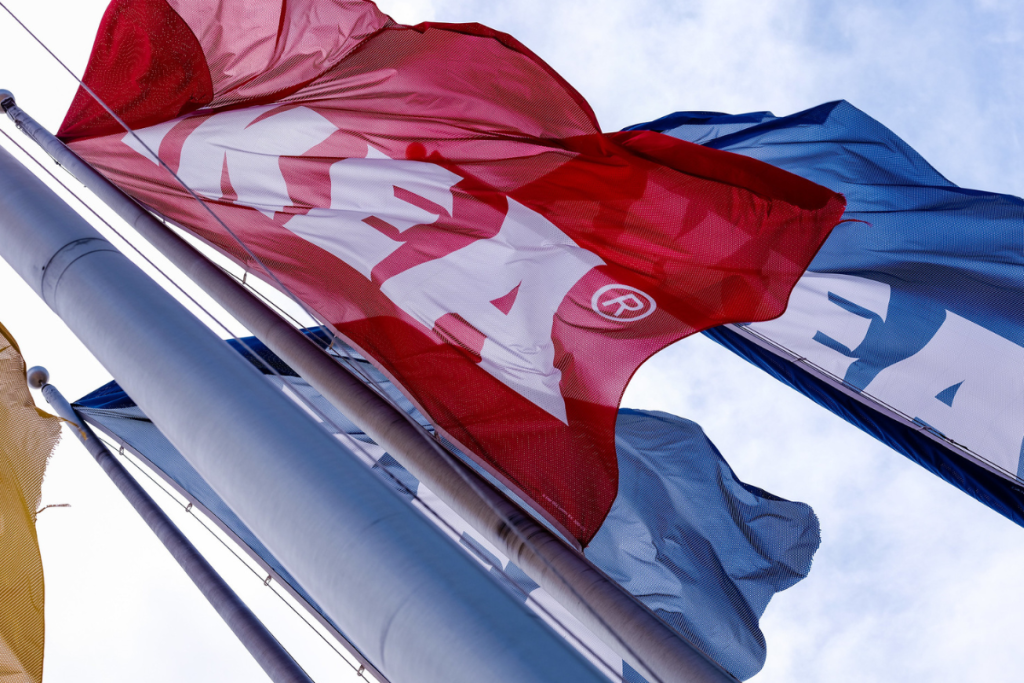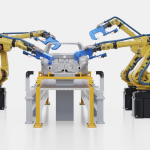As consumers tighten spending, IKEA is making an aggressive move, halving weekday restaurant prices and offering free kids’ meals. But this isn’t just a hospitality gesture. It’s part of a broader strategy to use localized menus, sustainable supply chains, and demographic insights to keep costs down while deepening customer engagement across global markets.
Operational Efficiencies, Not Just Menu Engineering
IKEA’s push to slash food prices by up to 50%, while expanding menu offerings like falafel and Asian dishes, is underpinned by a logistics revamp, not margin erosion. The retailer is absorbing rising import costs and selective tariff impacts by consolidating shipments, investing in green freight, and pushing upstream supplier efficiencies. According to COO Tolga Öncü, the company shaved an average of 15% off wholesale costs last year, at a €2.1 billion expense. Yet, rather than hike prices like rivals Walmart, Target, and Nike, IKEA is using food as a loyalty lever to boost footfall and keep stores sticky.
In China, where household sentiment remains fragile, IKEA’s strategy is designed to capture cautious spenders. Market research firm Coresight sees room for share gains, noting that IKEA’s aggressive pricing may resonate as consumers trade down. The company is also tailoring menus to local palates, aiming to attract millions of new diners who may later convert into home goods customers. Food, in this model, becomes an affordable entry point to IKEA’s wider ecosystem.
Supply Chain Moves Sustain Price Cuts
Behind the pricing pivot is a deeper structural play. IKEA’s supply chain decarbonization strategy, announced by parent Ingka Group, targets a 50% emissions reduction across Scopes 1, 2, and 3 by 2030, using 2016 as a baseline. This includes switching to renewable energy, optimizing last-mile delivery, and partnering with suppliers on more sustainable packaging and materials. The aim is to decouple affordability from environmental cost and operational volatility.
The company’s China strategy highlights this dual-pronged approach. With 30% of China’s population expected to be over 60 by 2040, IKEA is tailoring product lines and in-store experiences to the aging demographic—offering new bedding solutions and multipurpose furnishings for multi-generational households. At the same time, it continues to expand globally, with 58 new stores opening in FY25, including its fifth in South Korea. This scale-up is calculated: expanding physical presence helps IKEA amortize logistics upgrades while staying close to shifting demand centers.
The Cost of Not Adapting
While most headlines focus on IKEA’s food discounts, the more telling story is what those discounts reveal: a bet on logistics and operational reinvention rather than pricing pass-throughs. As many peers hedge against inflation with higher retail tags, IKEA is betting that absorbing cost now, through supply chain agility and demographic targeting, will deliver brand equity and resilience later. For companies watching their margins shrink under tariff pressure, the real risk may not be cutting prices, but failing to make the structural shifts that make cuts sustainable.





